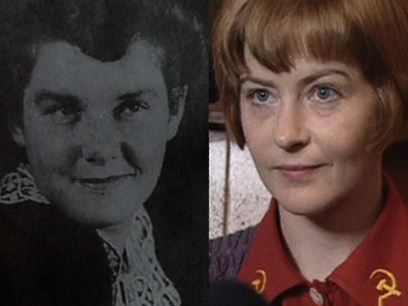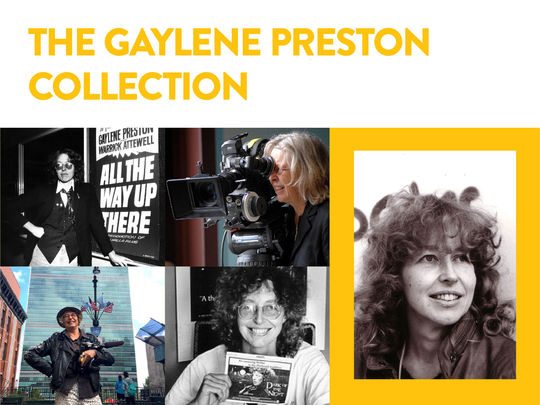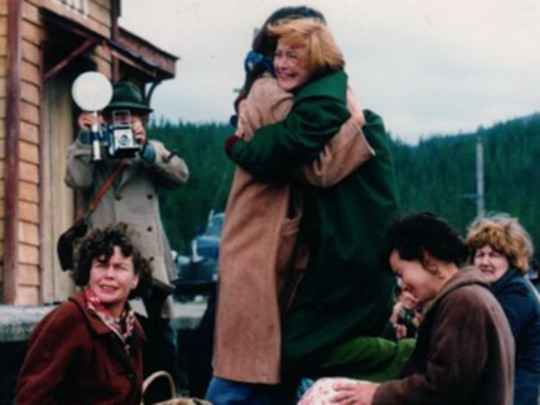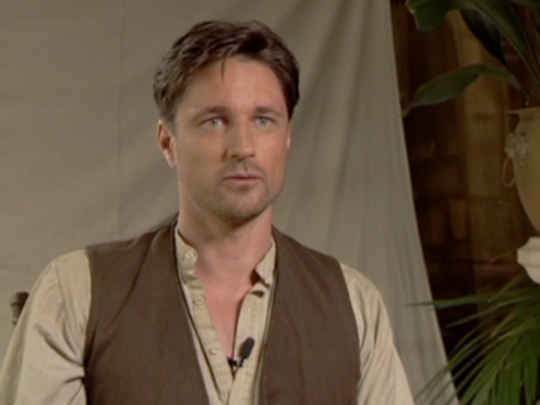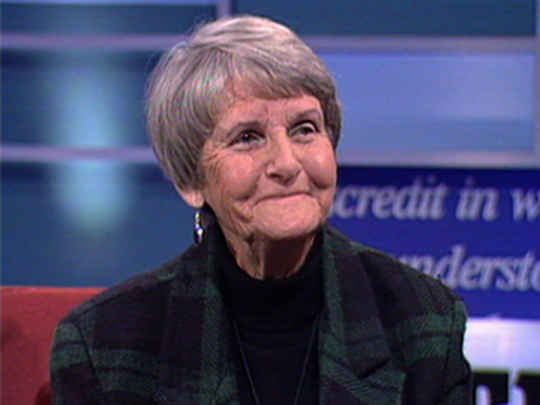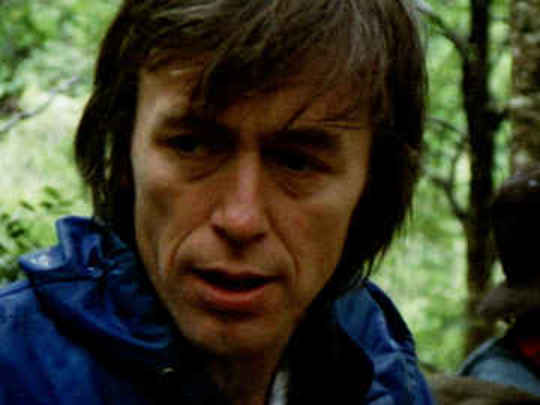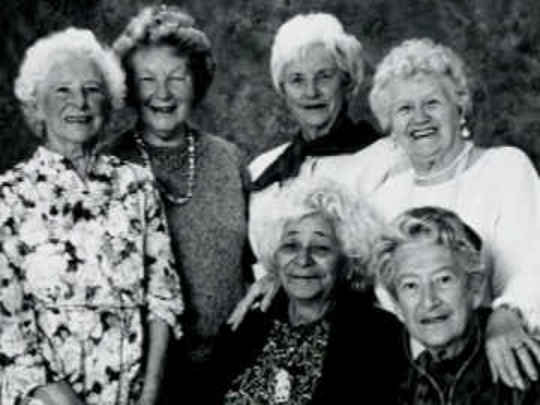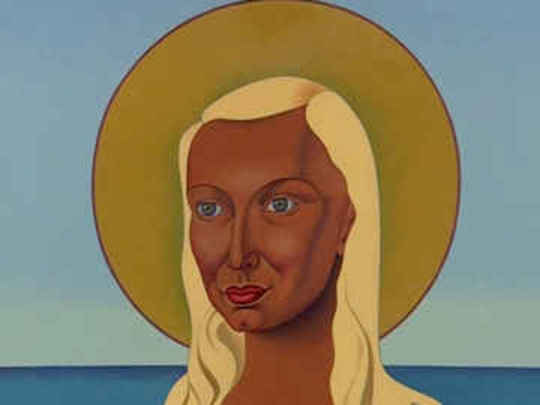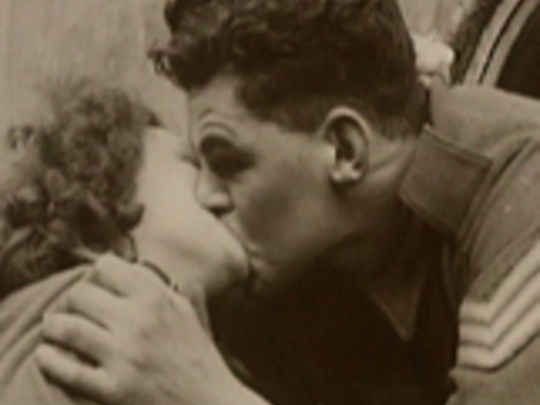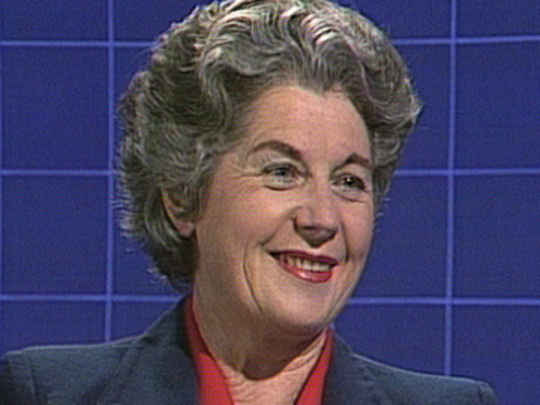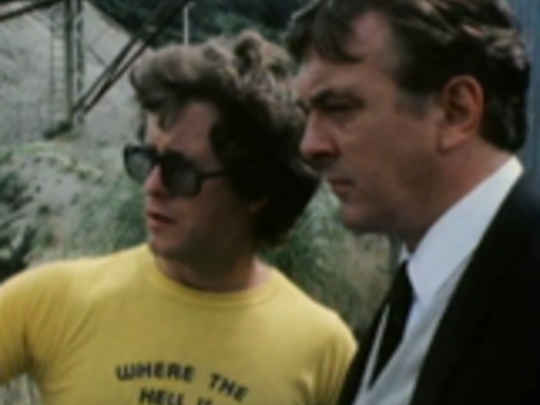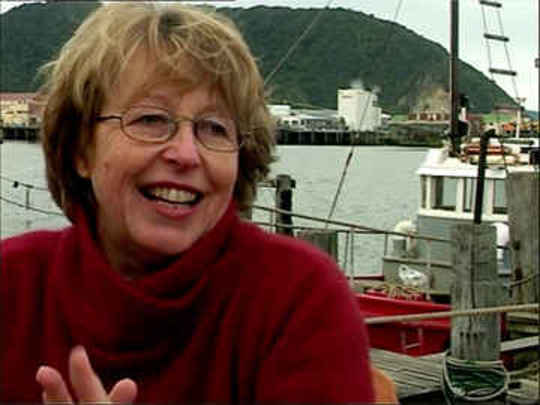...very often when you're playing a role they [audiences] love to see the vulnerability of characters. But with Sonja, her vulnerability's not something that you saw very obviously in her face. She's quite a contained woman, and your face is what you use most on camera to tell people how you're feeling ... to tell that story of being hurt, being vulnerable, yet at the same time appearing not to be; so it's a bit tricky to try and get that across.
– Actor Geneviève Picot, on playing Sonja Davies
The hardest thing in making any story work on screen, is the beginning and the end. And that becomes particularly important when you're making...work for television ... if you haven't grabbed the audience in a minute, they just turn over to the next channel...
– Gaylene Preston on creating a story for a television audience
..it felt to me like here was a book that was stranger than fiction. Here was a story, that was somebody's life, that had all the ingredients that we were looking for.
– Director Gaylene Preston on Sonja Davies' book Bread and Roses, at the start of this documentary
The style that I chose to shoot Bread and Roses in...is to do with getting as much life into the frame, for as long as I possibly can. So I'll often run a whole scene in one shot ... I like to wrap the camera around the action....
– Gaylene Preston on Bread and Roses
...It's not just Sonja's story; it's the story of a whole period of social change...
– Director Gaylene Preston
Sonja's life is melodramatic enough, without us heightening that. I wanted to enhance the truth and the reality of her situation.
– Director Gaylene Preston on choosing to create an 'available light' feel
...we had to make a decision whether we were going to have the right train, or the right kind of location. And the location won.
– Gaylene Preston on having to compromise while shooting Bread and Roses
She's just so right ... she thinks the same way as I do about a lot of things. She's one of these people who whatever she's doing, she's got fifty other things in her mind as well. And I've always been like that, you know I'm always onto the next thing as well. So I just couldn't be more pleased.
– Sonja Davies on Geneviève Picot, the actor who plays her on-screen
...the biggest nightmare is staying on budget and keeping everybody happy at the same time. Because they are all doing their very best to do their jobs well. Most of them don't have quite enough money, particularly in a period piece like this, which is much more expensive than working on a contemporary project.
– Producer Robin Laing
The project needed overseas as well as New Zealand money. The problem was how to sell to overseas investors what seemed to be a particularly New Zealand story.
– Narrator Michael Galvin
In realising the spirit of the times, the production design, music, cinematography and sound design work towards authenticity while preserving good storytelling as the primary concern.
– Writer Helen Martin pays tribute to the work that went into Bread and Roses, in 1997 book New Zealand Film 1912-1996, page 169
